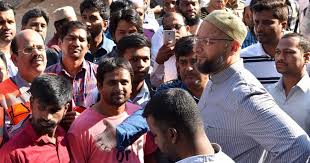Know symptoms, risk factors, diagnosis and treatments of Thrombosis
Sun 15 Oct 2023, 00:46:21

Thrombosis, a medical condition, is characterised by the formation of blood clots within blood vessels, a process known as coagulation. Deep vein thrombosis, abbreviated as DVT, is a specific form of thrombosis. It occurs when a blood clot, or thrombi, forms in a deep vein inside your body, especially affecting the leg, and disrupting the normal blood flow.
A clot that starts in your leg (DVT) can travel to your lungs and, if left undetected, can cause a serious problem by blocking the oxygen supply. This is called pulmonary embolism (PE). The clot gets stuck in the blood vessels of your lungs, causing a block, and preventing oxygen from getting into your blood. Thrombosis, including DVT and PE, is a significant health concern in India. The exact incidence rates may vary; however, it is estimated that thousands of cases are reported each year. Now, to observe World Thrombosis Day on October 13, Dr Rajiv Parakh, Chairman - Peripheral Vascular and Endovascular Sciences, Medanta, Gurugram, has explained the risk factors, symptoms, diagnosis, prevention tips and treatments of the condition.
Risk Factors
Elderly individuals or those with a family history of blood clots, obesity, sedentary lifestyles, and specific medical conditions are at a higher risk. Identifying these factors is crucial for taking preventive measures.
Symptoms of Thrombosis
Swelling in the legs is a common symptom of thrombosis. The swelling, also known as oedema, often occurs in one leg, and it can make the affected limb feel heavier and
uncomfortable. A leg that is swollen, tender, painful, and warm or red could indicate the presence of a blood clot.
uncomfortable. A leg that is swollen, tender, painful, and warm or red could indicate the presence of a blood clot.
Importance of Recognizing Symptoms
If a person has painful swelling in one leg, it’s important to understand its significance as it can lead to DVT and other life-threatening conditions. Recognizing thrombosis symptoms early is crucial for ensuring timely and effective treatment, which can significantly improve the patient's recovery and overall health.
Diagnosis
Diagnosing thrombosis typically involves a combination of medical evaluation and diagnostic tests. Healthcare providers may use imaging techniques like ultrasound or CT scans to visualise blood clots within veins and blood tests to assess clotting factors.
Treatment and Management
Treating thrombosis often involves the use of blood-thinning medications, such as anticoagulants, to prevent clots from growing or forming new ones. In some cases, healthcare providers may recommend the use of compression stockings to help improve blood flow and reduce swelling in the legs. Lifestyle changes, like regular exercise and maintaining a healthy weight, are essential components of managing thrombosis. Managing thrombosis with medical guidance is crucial for preventing recurrent blood clots and long-term complications.
Prevention
Following a balanced diet, engaging in physical activity, and staying active can help prevent the onset of thrombosis and related conditions.
No Comments For This Post, Be first to write a Comment.
Most viewed from
Most viewed from Health
AIMIM News
Latest Urdu News
Most Viewed
May 26, 2020
Which cricket team will win the IPL 2024?
Latest Videos View All
Like Us
Home
About Us
Advertise With Us
All Polls
Epaper Archives
Privacy Policy
Contact Us
Download Etemaad App
© 2024 Etemaad Daily News, All Rights Reserved.

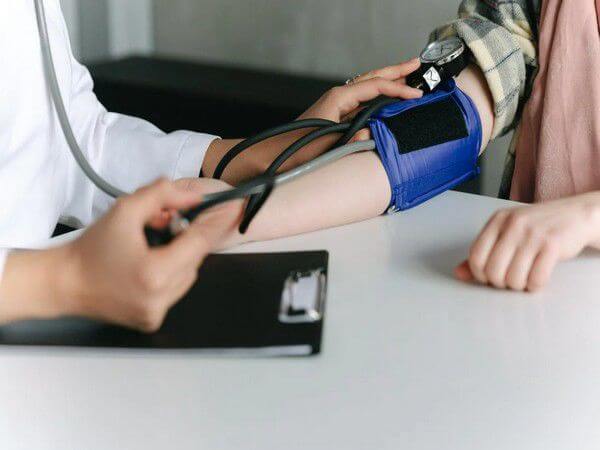



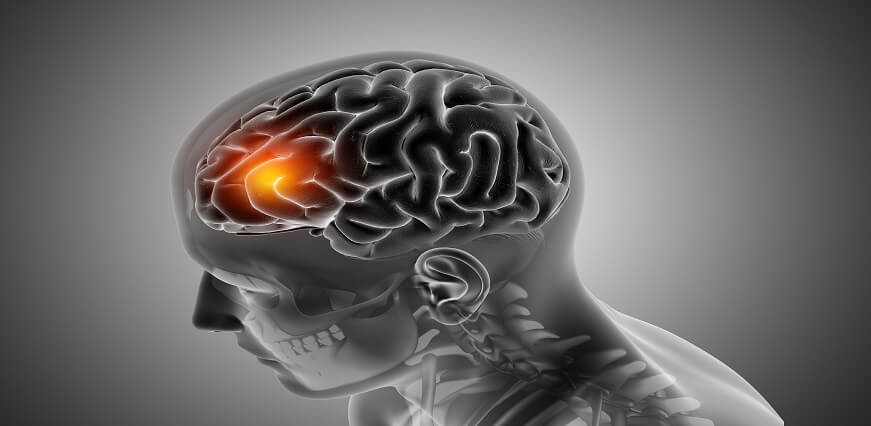


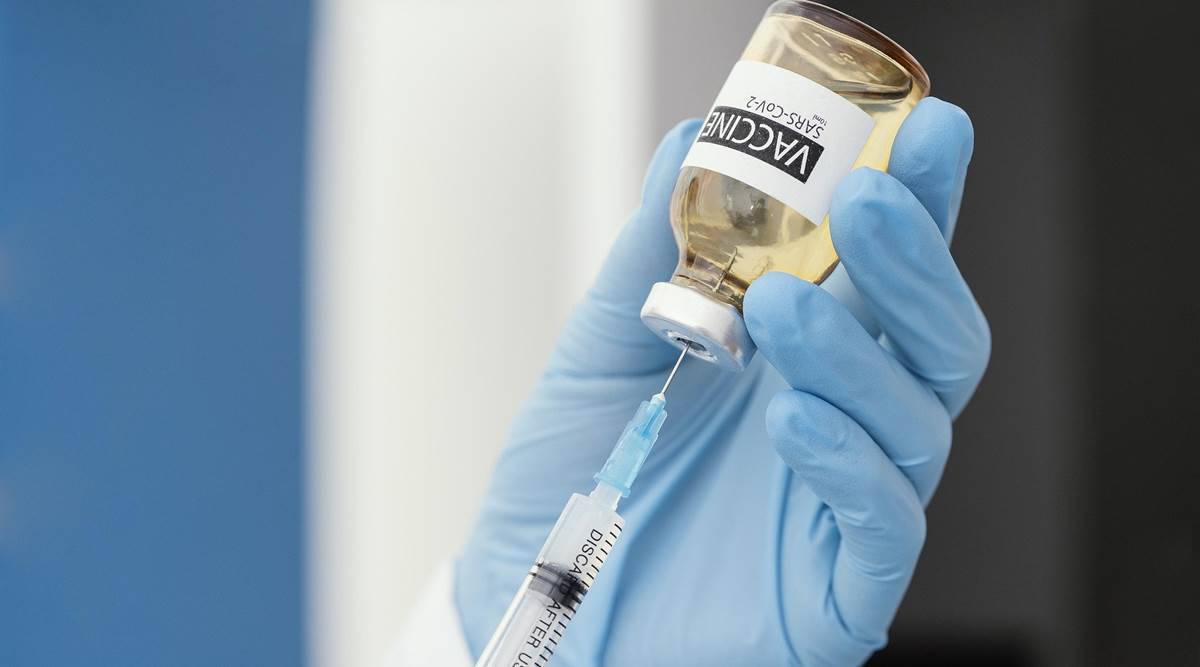


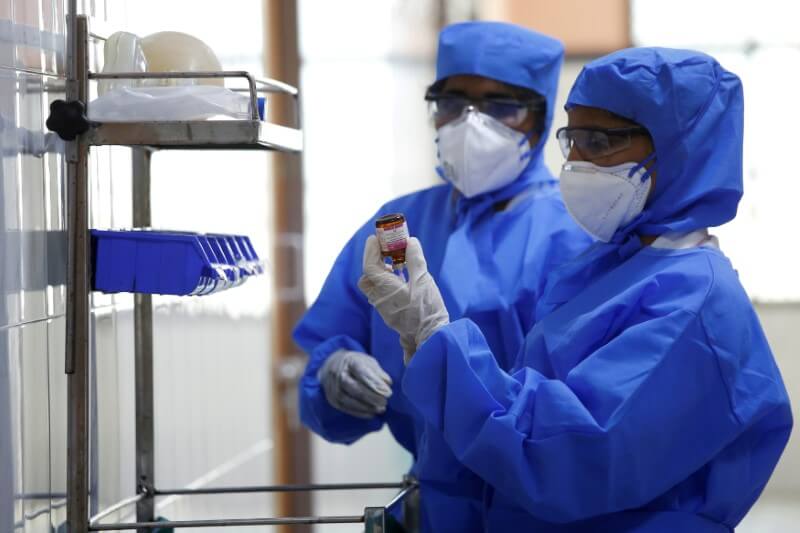

.jpg)
.jpg)
.jpg)
.jpg)
.jpg)
.jpg)
.jpg)
.jpg)
.jpg)
.jpg)
.jpg)
.jpg)








